Any good recipe of a scientist starts with a slab of knowledge in your content area mixed with a stock of sharp intellect. Next we bring the curiosity to a boil by with a fierce drive for research and discovery and then we add a pinch of serendipity. What’s missing from this recipe is the art of communication. “You can have brilliant ideas, but if you can’t get them across your ideas won’t get you anywhere” (Lee Iacocca). As scientist we are often asked to give talks about our work and we confine ourselves to the same mundane formulaic way of communicating. We should take these opportunities to challenge ourselves to be as great at communicating our science as we are in creating it. Scientists, by definition are creative; we must dream of inventions and knowledge that does not exist and make them a reality. That same creativity can be used to communicate science effectively to diverse audiences. You may not be the next Neil Degrasse Tyson or Bill Nye but, you may have to speak with your local congressman, a private investor or a lecture hall of hundreds of freshman. The explainables are dedicated to helping you distill your message into tasty bites of information that can satisfy any audience.
The video below provides an example of an interview that one of our co-founders - Jesse John - conducted where he was asked to talk about his research and the components of his graduate education that helped him to communicate more effectively. Jesse was born and raised on the twin island republic of Trinidad and Tobago. His parents immigrated to New York City in 2000 to give him an opportunity to pursue higher education. He is currently finishing his doctoral studies in the Geosciences department at Stony Brook University. His research involves synthesizing novel nano materials and using x-rays to understand their atomic structure. The target materials have interesting useful physical properties and applications including, but not limited to, magnetic semiconductors, environmental remediation and radioactive waste storage. Over the course of his doctoral studies, he was also a National Science Foundation (NSF) Bridge to the Doctorate Fellow, NSF AGEP - Transformation FRAME (Frontiers of Research and Academic Models of Excellence) fellow and a W. Burghardt Turner Fellow.


